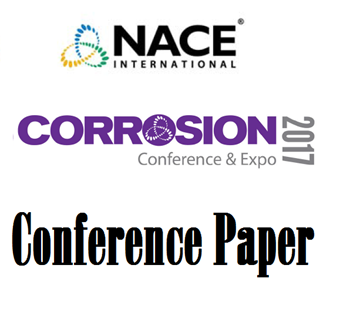Search
09525 Seafloor Power for Corrosion Prevention
Also Purchased
Sustainable Corrosion Management for the Electric Power Industry
Product Number:
51317--9438-SG
ISBN:
9438 2017 CP
Publication Date:
2017
$20.00
99354 PREDICTING, EXAMINING, AND EVALUATING FAC IN US POWER PLANTS
Product Number:
51300-99354-SG
ISBN:
99354 1999 CP
$20.00
Recently viewed




